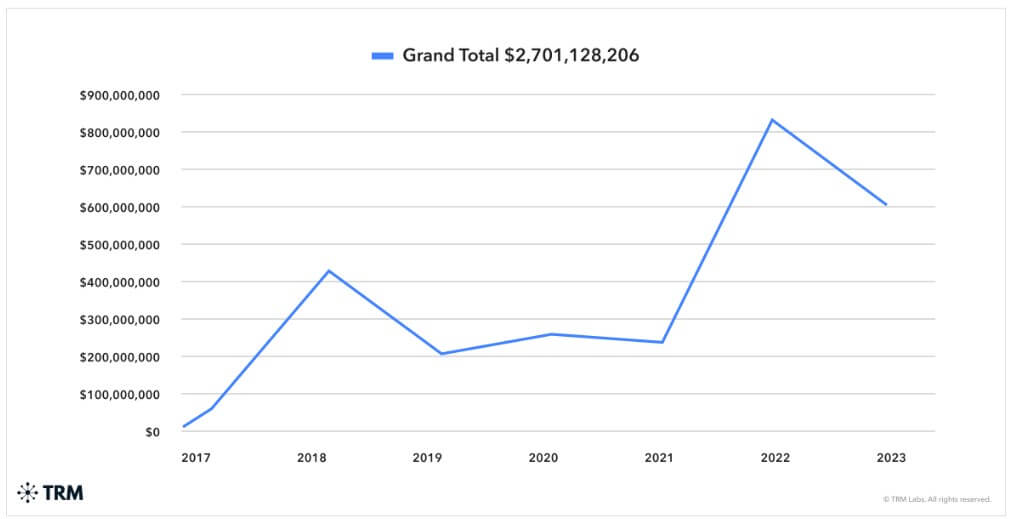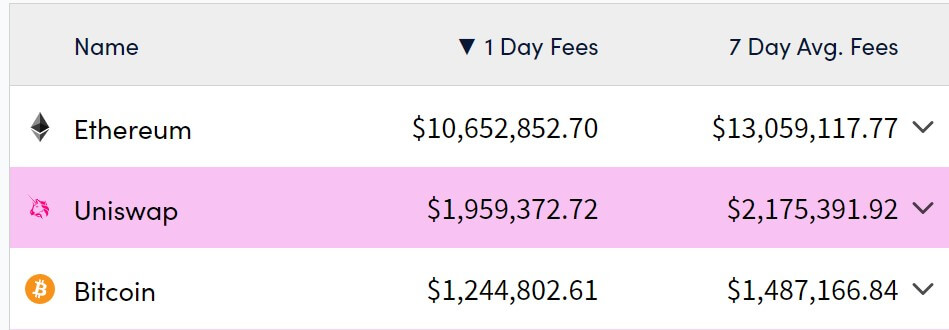Pixelmon CEO bets on fractionalized NFTs for its huge comeback
Crypto project Pixelmon, once dubbed the “worst NFT project ever,” — is turning to fractionalized nonfungible tokens (NFTs) to make its return from the dead.
First launched in February 2021, the Pixelmon project became an instant sensation for all the wrong reasons, explained the project’s now-CEO Giulio Xiloyannis in an interview with Cointelegraph.

The project was launched on Feb. 25 of that year by a 19-year-old developer who promised to deliver a Pokemon-esque game where people could collect, trade, train and battle monsters called Pixelmon.
However, the project became the laughingstock of the crypto world after raising $70 million in Ether (ETH) at the time, only to reveal 68 “questionable” NFT characters upon launch, including “Kevin” — an awkward-looking character that became the mascot of what was later described as the “worst NFT project ever.”

Xiloyannis said when hswooped in to acquire the Pixelmon project in May 2022, he knew immediately that all of the artwork would need to be redone if the team were to revive the project and make something of it for its community.
The only NFT that wouldn’t be redone was Kevin, which Xiloyannis described as a symbol of crypto something and shouldn’t be altered.
“Yes he’s a funny meme, but he's the symbol that nothing ever dies in blockchain — that there is this resilience in the industry. That’s why we kept him as a symbol and that’s why we keep nurturing him.”
Fractionalizing the intellectual property of NFTs
Xiloyannis is aware of how the term “fractionalized NFT IP” could be confusing to many but says the reality of it is relatively simple once it’s broken down. He pointed to Pokemon as an example of Pixelmon fitting into the seemingly complex cross-section of blockchain gaming, NFTs, and intellectual property rights.
“Imagine if Nintendo had minted 100 NFTs of Pikachu in the 90s, and by owning one of them, you had a 1% right to royalties from Pikachu’s usage,” he said. “Every time it gets used on a shirt, on a mug, or a purchase of a skin in-game, you receive royalties on-chain paid to your account equal to 1% of the total royalties of Pikachu.”
Unlike other NFT-based blockchain games, which use the NFT to enforce “gated” access to the game, the soon-to-be-released Pixelmon will be completely free to play, something that Xilyoannis believes holds the key to real adoption.

By owning a Pixelmon NFT, holders are entitled to royalties whenever the monster’s likeness is used outside of the game, much in a similar way to how royalties would be paid to the owner of a hypothetical Pikachu NFT every time it was emblazoned on a piece of merch or appeared in another show or game.
The owners of Pixelmon NFTs are paid out in the form of the MON Protocols’ native MON token, which recently conducted a token pre-sale for holders and distributed select amounts of MON to holders based on the rarity of their NFT.
There are still risks with IP ownership
While Xiloyannis said he “obviously” believes in the fractionalized IP model, he explained some of the potential risks that could come along with it for holders.
Outside of the worst-case scenario — where the game simply doesn’t pick up any traction and NFT holders aren’t sufficiently reimbursed for their initial investment — Xiloyannis says the main problem lies in the distribution of attention.
“Fractionalized IP ownership is ultimately a very, very subjective bet on which character is going to get love. You could end up purchasing an asset that gets used a lot in-game, but nobody spends money on outside of the game,” he explained.
Ironically, Xiloyannis explained this is one of the reasons that the infamous “Kevin” could become one of the most sought-after NFTs in the collection, as holders try to make a bet on which character will be the most used. In the last month, several of the 119 available “OG Kevin” NFTs have sold for over 4 ETH (roughly $14,000).
However, Xiloyannis warned that trying to pick the right monster could be like buying the NFT of an unpopular Pokemon before the game launches, only to later realize you didn’t select the right one.
Related: Web3 games must be ‘fun and engaging’ to be sustainable — OKX exec
“There's the the the the risk is that you have a very skewed set of holdings where you have essentially a curve where the top of the curve is super happy because they bet on the right character, but the tail would be very unhappy,” he said.
The second-biggest risk Xiloyannis says, is the structure of the Pixelmon company itself. Built on a decentralized model of governance, Pixelmon — which is the perpetual licensee of all the IP rights — vets all licensing agreements through its community of holders.
“Imagine a paradox scenario. Disney wants to put one of our characters inside the next Frozen movie and yet for some weird reason, our holders vote no. So there is some business risk there. And that business risk is essentially the biggest risk.”
“In the end, we were convinced that letting early fans — the people who know what really made this great — control where this goes is probably better for the longevity of an IP than, you know, like, letting Netflix destroy The Witcher,” he added.
Xiloyannis added that the community of Mon Protocol had grown significantly over the last eighteen months, currently boasting over 1 million wallets by March 2023.

The monster-battling element of the game “Battle Arena” is slated for launch later this year, while the open-world role-playing segment “Hunting Grounds” is set to be released in 2025.
Several crypto firms are looking to Pixelmon with growing optimism. On March 19, Blockchain game publisher Immutable launched a $100 million fund, choosing to allocate a significant portion of that capital to Pixelmon.
Additionally, on Feb. 1, Pixelmon raised $8 million in a seed investment round, including firms such as Animoca Brands and Delphi Ventures.
Magazine: Bitcoin ETFs make Coinbase a ‘honeypot’ for hackers and governments — Trezor CEO



